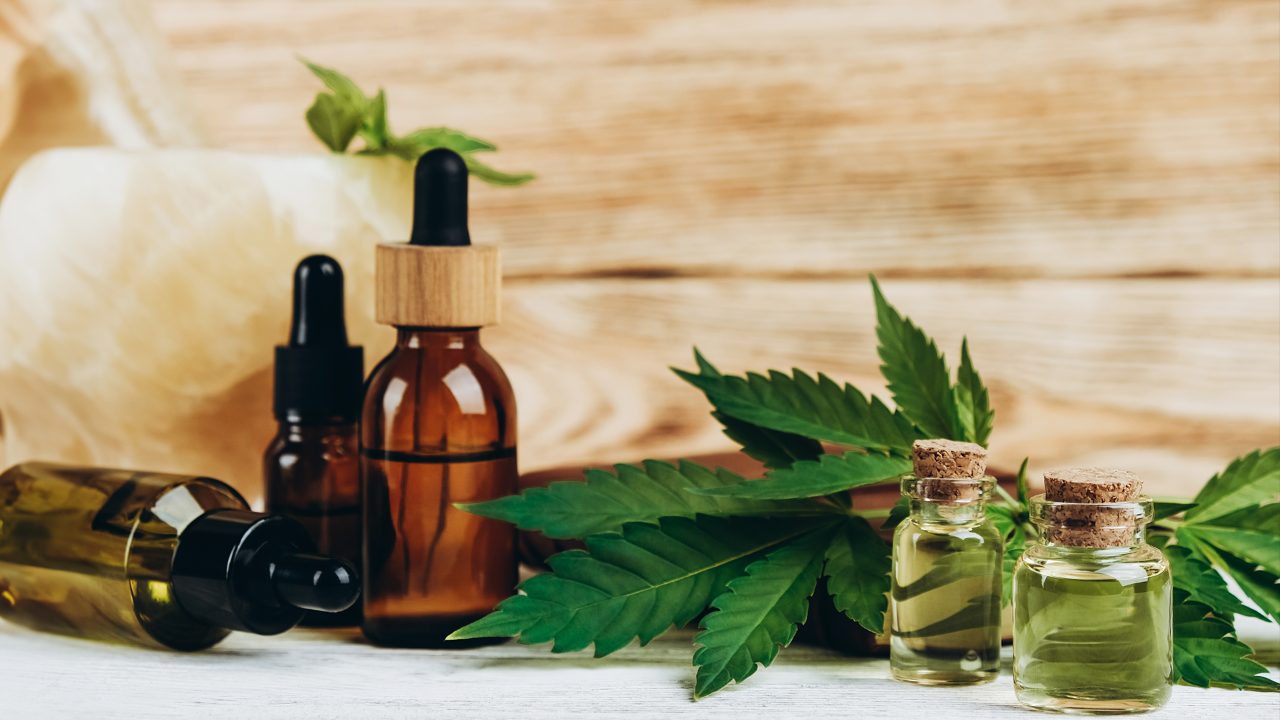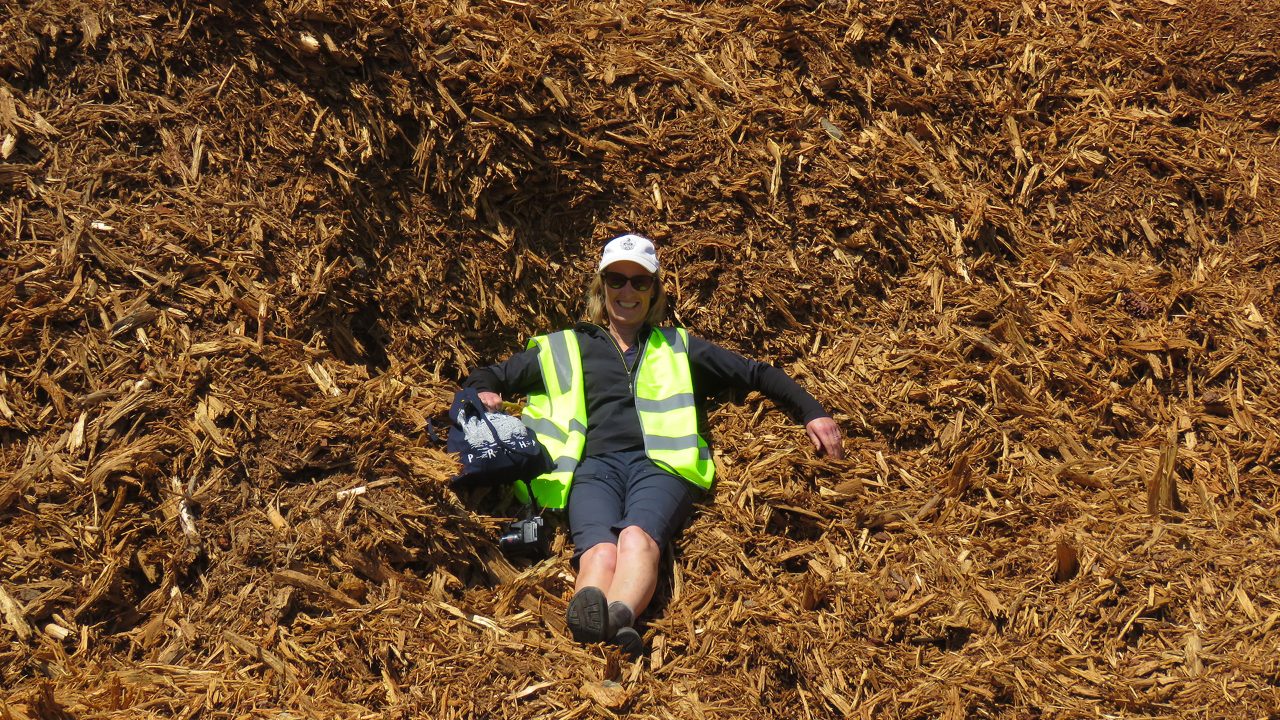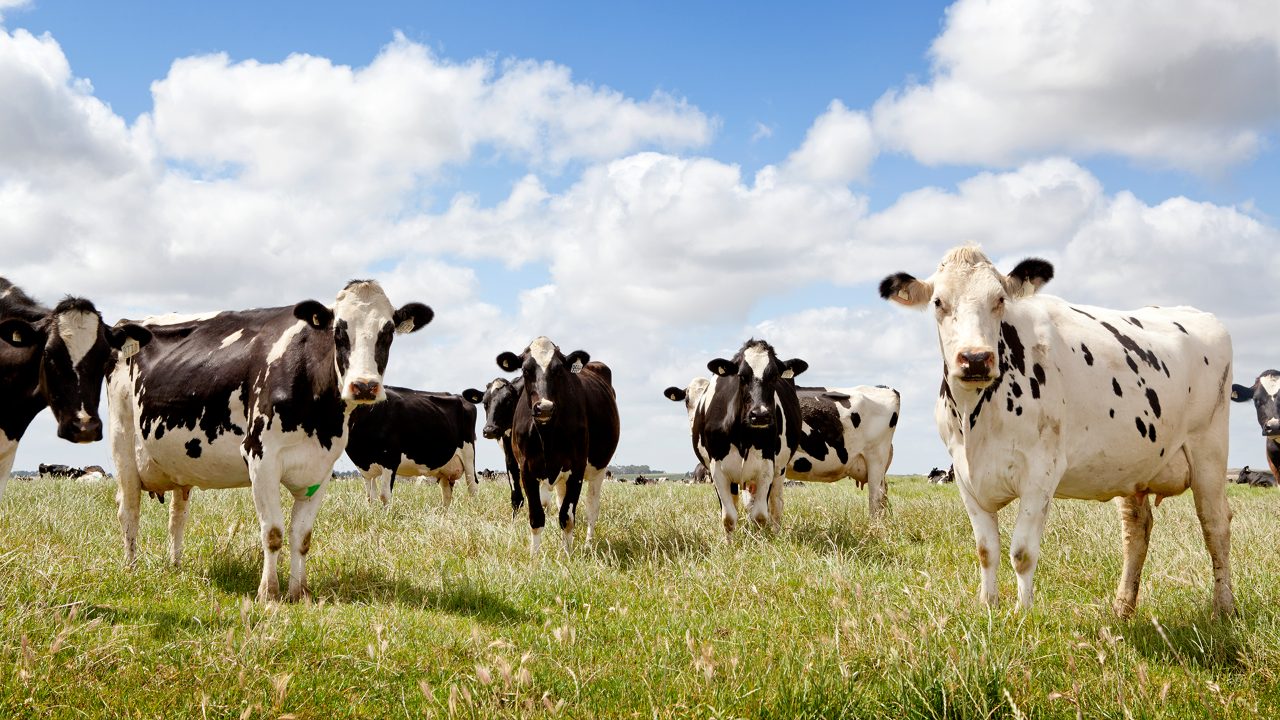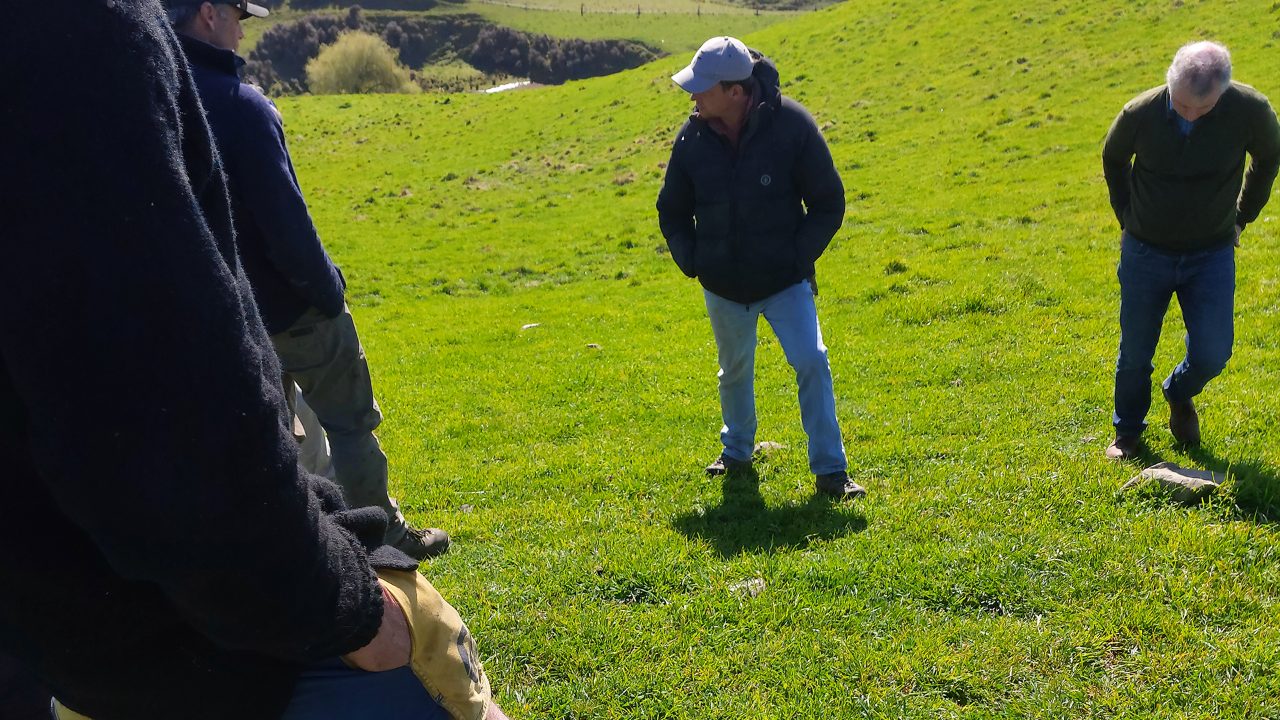OPINION: The old maxim 'what goes around comes around' can often hold true, especially when viewed through the long lens of history. The re-emergence of the hemp industry is a case in point. Back in 1791, a man by the name of Gouverneur Morris wrote to Thomas Jefferson that hemp "is of first Necessity to the Commerce and Marine in other Words to the Wealth and Protection of the Country". This quote is often attributed to Jefferson but did, in fact, come from the pen of Morris, a founding father, an American statesman, and a signatory to the Articles of Confederation and the United States Constitution.
Nevertheless, the hemp plant was seen as one of the key agricultural commodities of the Colonial economy. For a start, it didn't take much fertiliser to grow, it was fairly gentle on soil and could also provide nourishment for livestock. Hemp cultivation was actually made mandatory in Virginia in 1619. Later in the century, other states along the Eastern Seaboard required people to plant a teaspoon of hemp seeds with the idea of creating their own textile industry, independent of Britain. Indeed, hemp was so thoroughly valued it was able to be used to pay taxes!
It continued to prosper in the ensuing centuries and it was predicted in the February 1938 edition of Popular Mechanics magazine that hemp would be the next billion-dollar industry.
But that optimism was soon to be thwarted due to the passing of the Marihuana Tax Act a few months earlier, following a rigorous debate in the Senate that lasted for about two minutes! It basically imposed a heavy tax on those who touched the cannabis plant in a commercial setting.
Historical convention has it that a smear campaign was launched by the timber magnate and newspaper owner William Randolph Hearst, among a few others, following the invention of the decorticator. This machine was able to strip the skin off stalks and seeds, helping mitigate the labour intensity of hemp processing.
It's been alleged that Hearst and his cronies reasoned hemp would be a cheap replacement for paper pulp in the newspaper industry, thus posing a threat to their lucrative timber operations. So Hearst could kill two birds with one stone and used his newspaper empire to propagate a comically brutal "evil weed" campaign, conflating the hemp plant and its psychoactive relative under the banner of 'Reefer Madness'.
This history is pertinent to New Zealand's current situation, as our Government took its cue from the US in the 1970s. The historical lineage of the '30's hysteria spread its tentacles down through the decades, with the exception of a 'Hemp for Victory' campaign during the Second World War, eventually finding a home in Nixon's 1971 War on Drugs. New Zealand followed in lockstep in this offensive. The 1975 Misuse of Drugs Act aimed to put a lid on the nation's fledgling counter-culture. As explained in the 2022 doco 'Guyon Espiner: Wasted', history and prejudice were the bedrocks of the legislation, not science and evidence. Of course, hemp was lumped into the same category as marijuana, and the industry was stymied.
That is until 2006, when the cultivation of industrial hemp was permitted under license. Since then we've seen a gradual progression and development of a new New Zealand hemp industry, with the emergence of companies such as Hikurangi Cannabis, Helius Therapeutics, Cannasouth and The Brothers Green, to name a few. The industry is now starting to gain some momentum, with The Brothers Green recently announcing on REX they've moved to a new location with more opportunity to scale up and grow the business.
As one of the first plants to ever be cultivated by humans, and arguably the most useful plant on the planet, it was only a matter of time before its benefits were once again harnessed and its illogical prohibition lifted. In the last few years car manufacturers, including BMW and Audi, have used components in parts of the vehicle's interior, while the food, textile and pharmacology industries have also adopted the plant's multitude of applications. And, being the best carbon trap per acre in the green plant family, the potential for the New Zealand farmer to take advantage has never been higher.











